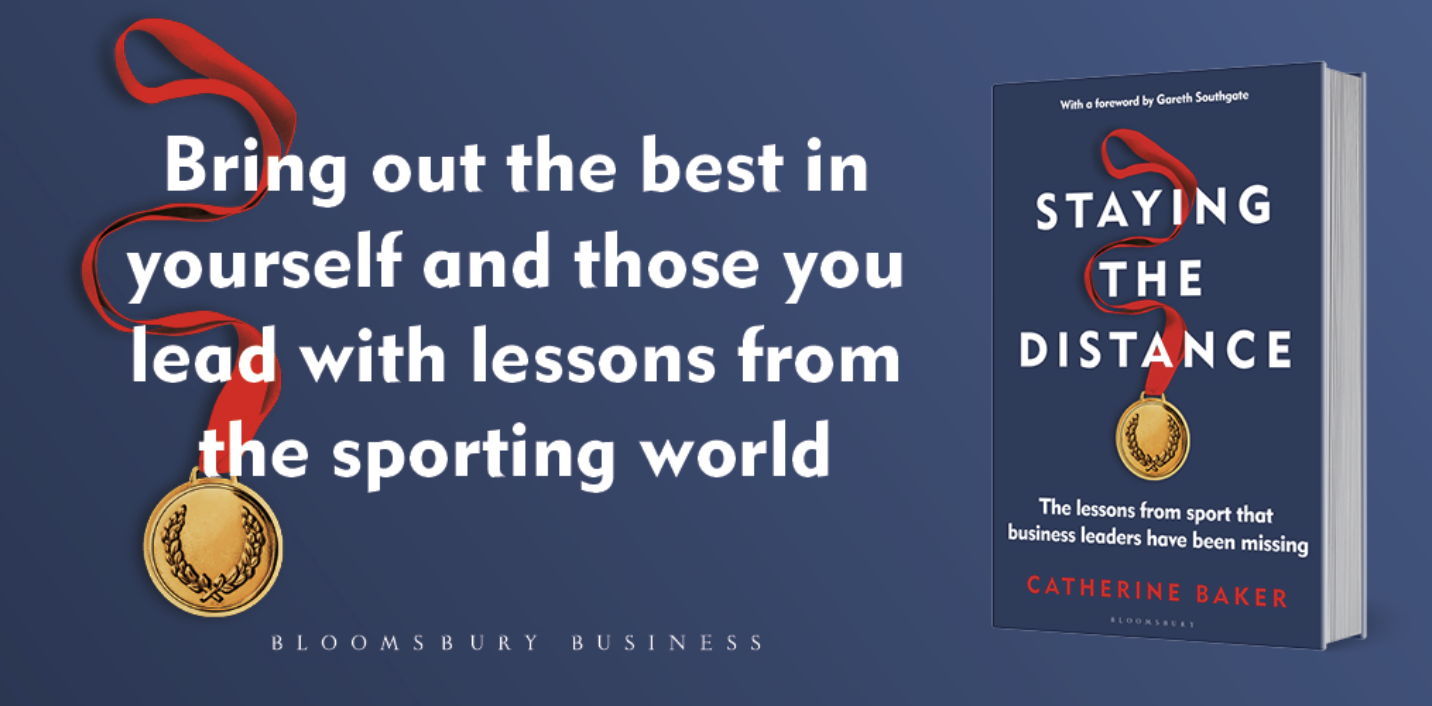A post written by FCN Guest Contributor Mélissa Simard…
Dear White Male involved in women’s hockey in Canada,
As a fellow acquaintance in women’s hockey in Canada, I have spent the last two years of my coaching career observing some of you and your ideas towards helping young women become better hockey players. As I have also contributed in these activities, I noticed a gap in our education: We are not teaching girls through a feminist lens.
I know I’ve lost a couple of your gazes— I can see your eye rolls, don’t even try to deny it. Alright, now that you’re done stretching your eyeballs, I have decided to pause from teaching these young women, and have decided to teach you, the white males who are spending 10+ hours a week with this generation’s young women.
Just like every job, career, and relationship in our lives, we can always improve and better our positions in these situations. Today, I have chosen to teach feminism to the hockey professionals who are training our young women for several months a year.
The importance of learning intersectionality, sexism in sports, and the importance of men’s involvement in feminism, is to me, a curriculum that should be mandatory for anyone who chooses to volunteer their time coaching and mentoring young women.
To start, I do not expect you all to know every single ins and outs of feminism, which includes; ecofeminism, radical feminism, marxist feminism, etc. Although, the majority of you are involved in these associations because you either have a daughter who has played the sport or a daughter who currently is.
That being said, your daughter will not be as successful in life compared to your son or her male classmates if we don’t all make an effort to change and end sexism in our society. If not, she will be oppressed by every system she tries to strive in.
Feminism on a broad scale aims for equality of all genders. Simple right? In my opinion, one of many issues in women’s sports, is the fact that “in every industry is one famous woman who has made it, allowing everybody to believe we all have” (McKeon, 2017).
It is not enough that some of you can name one female hockey player by watching one gold medal game at the Olympics. Not to forget that your so called favourite female player is not making a living wage from her insane dedication to the sport.
The Women’s Sports Foundation has discovered that girls drop out of sports by age 14, TWICE as much as boys do (2020). Some of these factors include; social stigma, decreased quality of experience, lack of positive role models, and more (2020).
Relating to this myself, this is heartbreaking to hear, since sports hold most of my favourite memories as a kid. Unfortunately, my sporting endeavors ended by the age of 18 due to some unacceptable experiences that heavily impacted my mental health.
The goal in writing this letter is to educate some coaches and others involved in the sport of ways we can better the experiences for these young women in Canada.
One of the most important terms I would like for you to learn is intersectionality. Patricia Hill Collins coined the term, and explains it as a mix of social inequalities, like race, gender, sexuality, class, and ability, that work together to oppress someone or a group of people. She also mentions how systems as a whole are inherently built to oppress the most vulnerable people (2015).
Girls in hockey, and all girls in sport face discrimination and injustice every day in sports and outside of them. They are categorized in different minority groups that impact their daily lives, whether they are trans, women of colour, lower class, etc. Participating in a white, cis, male- dominated sport, makes it even more difficult for girls with diverse identities to practice the sport.
Therefore, applying an intersectional lens in order to understand the diversity of women can help eliminate these problems. Often when a team is not focused or not on their top game, I have witnessed coaches use sexist microaggressions like, “Stop daydreaming of your boyfriends and focus!”. There are two major issues with this claim. First of all, this is only worsening the sexist hallmark views that women are the most sensitive and love-focused gender. It reinforces the thought that women’s main goal in life is to find a soulmate they’ll fall in love with that we see in Hollywood movies.
Secondly, this is extremely invalidating of others’ sexualities and doing the opposite of supporting the LGBTQI+ community. Yep, you got it, not all of your players are heterosexual. So please, normalize and end the stigmatization of the LGBTQI+ community. Your comments can have a bigger impact on the rest of your team. Authors, Mike Tully and Vanessa Sullivan, have two important quotes in their book, Was It Something I Said?, that I hope we can all learn from today:
“Coaches can learn that lesson as well. Players are more than chess pieces who wander in and out of your life on certain days of the week. They are people with lives, hopes and interests of their own (2015).”
“How well do you know your players? If you spent more than one season with them and still don’t know what makes them respond chances are you’re not taking the necessary time to find out.” (2015)
In the book, How to Coach Girls written by Mia Wenjen and Alison Foley, they explain certain differences that emerge between coaching girls and boys. Some of these can be used to your advantage as women’s hockey coaches.
For example, girls are more likely to play for each other and NOT to impress their significant other; girls are more likely to feel an attachment for their coach; girls want you to know them as a whole person and not just for their abilities as a player (2018). I urge you to listen and get to know your players and become someone they respect and can share mutual interests with.
We’re just getting started. Let’s tackle one of the most underrated issues in women’s sports; sexism. As I want to focus on how to improve coaching girls, I will not speak on the sexism I personally have experienced as a coach. Sexism in sport does not stop at the athletes themselves (women or male), but it is a broader issue that lives within all positions who help run women’s sports.
Sexism in sport is, as Janet S. Fink mentions, “ a downright messy matter ” (2016). I am here to assure you that every single one of your hockey players have been victims of sexism, which is defined to be discrimination based on sex (2016). They hear it from their brothers and boy classmates, “you’re good, for a girl”.
They silently hear it from their fathers who choose to buy tickets to an NHL game and only bring their sons. From their moms who buy their brothers stocking stuffers of their favourite hockey team, and fuzzy socks with pink and red hearts for the sister. They have heard it countless times from referees sticking them in the penalty box and saying, “This isn’t boys’ hockey dear!”.
Trust me, whether they know the term sexism or not, they know how it feels and they continue to experience it. Fink explains in her article, Hiding in Plain Sight: The Embedded Nature of Sexism in Sport, “[…] that gender inequity in sport has become institutionalized—it has become a norm so entrenched it is barely recognized and even more rarely challenged” (2016).
Since I refuse to follow this norm, it is time for us all to take action. Here’s one mistake you’ve been doing when trying to teach your players some hockey skills. Time after time, coaches have assigned “homework” to the girls. The homework being to analyze male hockey players on Hockey Night in Canada.
The problem? They cannot relate to men athletes. Why? Because they are not men. You know who they could relate to? Women athletes. Now I know that media coverage of women’s sports is another issue of its own, but not being able to engage your players into a game they can completely relate to and realistically aspire to play, should anger you at least a little bit. If you have been around competitive sports, you must have heard of the SMART goal template.
When you put all of this together, telling your female players to be more like Sydney Crosby, PK Subban, Alex Ovechkin, or Drew Doughty, does not check off every letter of a SMART goal because it is not realistic. Let’s change the narrative; be more like Marie-Philip Poulin, Hilary Knight, Sarah Nurse, and Brigette Lacquette. That’s more realistic.
The fact of the matter is, it is not these girls’ job to teach you about these microaggressions they endure as a female hockey player, but I have chosen to speak up for them. As a feminist, it is important to let you know that we strive for the social equality of all genders.
That being said, the support of men, ESPECIALLY those who choose to train young women, should be embedded in our hockey community. So please, communicate with your players and make an effort to understand what they live through and what you might be doing that bothers or hurts them.
Please end the disconnection between players and coaches. A team should be a unity, focus on that. Please stop ridiculing them by rolling your eyes if emotions come up and they start to cry.
Please think twice before trying to hide a comment about her weight by using the term “fitness” to try and get her to lose weight or workout more.
There are so many more complexities to a young woman’s weight than you know and will ever understand. Going back to the statements from the Women’s Sports Foundation and why girls quit sports twice as much as boys do, Fink explains that “[…] it is our unchecked attitudes about gender that continue to negatively impact girls’ and women’s experiences in sport.” (2016).
Let’s check our attitudes to make better quality experiences for all girls playing hockey in our country.
Sincerely, Mélissa Simard
AUTHOR: My name is Mélissa Simard and I am a feminist. I also am a Feminist and Gender studies student at the University of Ottawa in Ontario, Canada. Growing up I was a competitive hockey and soccer player practicing year-round at a sports studies high school named Louis-Riel Public High School. For most months of the year, I volunteer my time coaching competitive hockey for the Gloucester Cumberland Girls Hockey Association where I am also part of the Board of Hockey Operations Committee. I strive for gender equality and inclusivity in sport, especially in coaching education. During the hockey off-season, I enjoy many outdoor activities like hiking and running. You can also find me on Twitter @CoachMelSimard.
Mélissa Simard References
Collins, P. H. (2015). Intersectionality’s definitional dilemmas. Annual review of sociology, 41, 1-20.
Fink, J. S. (2016). Hiding in plain sight: The embedded nature of sexism in sport. Journal of Sport Management, 30(1), 1-7.
McKeon, L. (2017). Defining the new feminism: How we can harness the discord and create a better feminism for the future. In L. McKeon, F Bomb. Dispatches from the WAR ON FEMINISM, (pp. 247-262). Fredericton: Goose Lane Editions.
Tully, M., & Sullivan, V. (2015). Was It Something I Said? (1st ed.). Bloomfield, NJ.: The Center for Sport Success.
Wenjen, M., & Foley, A. (2018). How to coach girls. Maryville, TN: Audrey Press.
WSF. (2020). Do You Know the Factors Influencing Girls’ Participation in Sports? – Women’s Sports Foundation. Retrieved 5 June 2020, from https://www.womenssportsfoundation.org/do-you-know-the-factors-influencing-girls- participation-in-sports/















